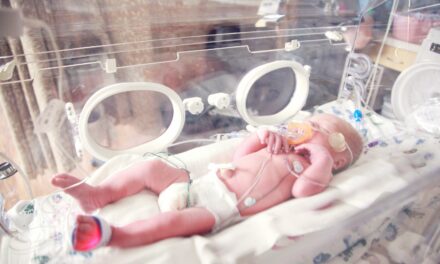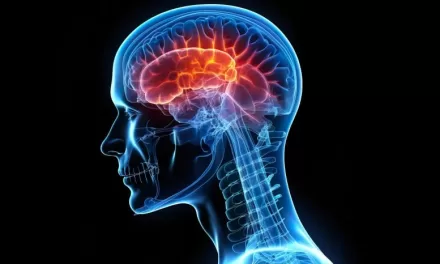A new study by European researchers has revealed a connection between symptoms of depression during pregnancy and specific brain activity, offering hope for the development of early tests to predict the risk of postpartum depression. This research comes as a potential breakthrough in understanding and addressing mental health challenges faced by new mothers.
Postpartum depression affects around one in seven women after childbirth, making it a significant public health concern. While most women (about 80%) experience “baby blues”—a brief period of sadness or emotional sensitivity following birth—these symptoms typically resolve within a few days. However, for some women, the condition escalates into postpartum depression, a more severe form of depression that can impact their ability to bond with their baby and have long-term consequences on both the mother and child.
The new study identifies a specific brain mechanism involved in the regulation of negative emotions during pregnancy. A team of researchers from various European institutions, led by Dr. Franziska Weinmar from the University of Tübingen, Germany, has pinpointed activity in the amygdala—a deep-seated region of the brain associated with emotion regulation—as a key factor in understanding which women may be more prone to depression during and after pregnancy.
“This is among the first trials to compare brain activity in pregnant and non-pregnant women. The ability to regulate emotions is essential for mental health, and this interplay was our starting point,” explained Weinmar.
For the study, 15 healthy pregnant women with high estrogen levels were placed in MRI scanners while being shown distressing or disturbing images. The MRI scans revealed that women who exhibited greater activity in the amygdala while attempting to regulate their emotions struggled more with controlling negative emotions. These women also reported higher levels of depressive symptoms.
The findings suggest that higher amygdala activity could be a potential marker for identifying women at risk of postpartum depression. “If larger studies confirm higher activity in the amygdala in women at risk of postpartum depression, we could assess and specifically target these women during this vulnerable phase,” added Weinmar.
Co-researcher Dr. Susana Carmona from Gregorio Marañón Hospital in Madrid emphasized the need for further investigation. “We still have a long way to go in characterizing what happens in the brain during pregnancy, identifying biomarkers that can indicate the risk of developing perinatal mental disorders, and designing strategies to prevent mother and infant suffering during the delicate and critical peripartum period,” she stated.
The team’s research opens new avenues for developing targeted interventions to help at-risk women regulate their emotions more effectively and reduce the burden of postpartum depression. If further studies corroborate these findings, it could lead to the creation of screening tests that assess brain activity and emotional regulation in pregnant women, allowing for timely intervention.
This study not only highlights the importance of mental health support for pregnant women but also underscores the need for continued research into the biological and emotional changes that occur during pregnancy.












